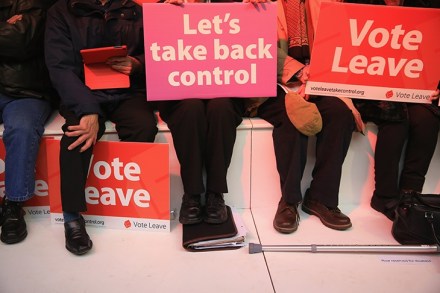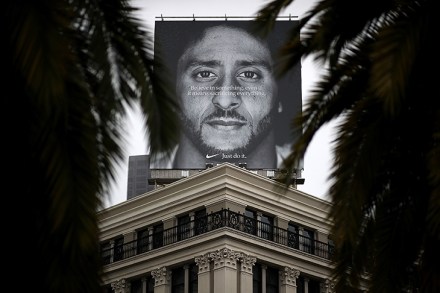Sydney Sweeney, the Hollywood radical
Every time you feel down about Britain’s out-of-touch elites, a look across the Atlantic is a reassuring reminder that it could be worse. Hollywood, in particular, seems incapable of learning lessons. The highlight for me was when various actors tried to comfort people during the pandemic by recording a butchered version of John Lennon’s ‘Imagine’ from their California mansions. As if the worst song ever written wasn’t already bad enough. Such political tone-deafness has become such a stock trope of Hollywood that it has been lampooned at length, most brilliantly by South Park creators Trey Parker and Matt Stone in Team America: World Police (2004). ‘As actors it is our




















